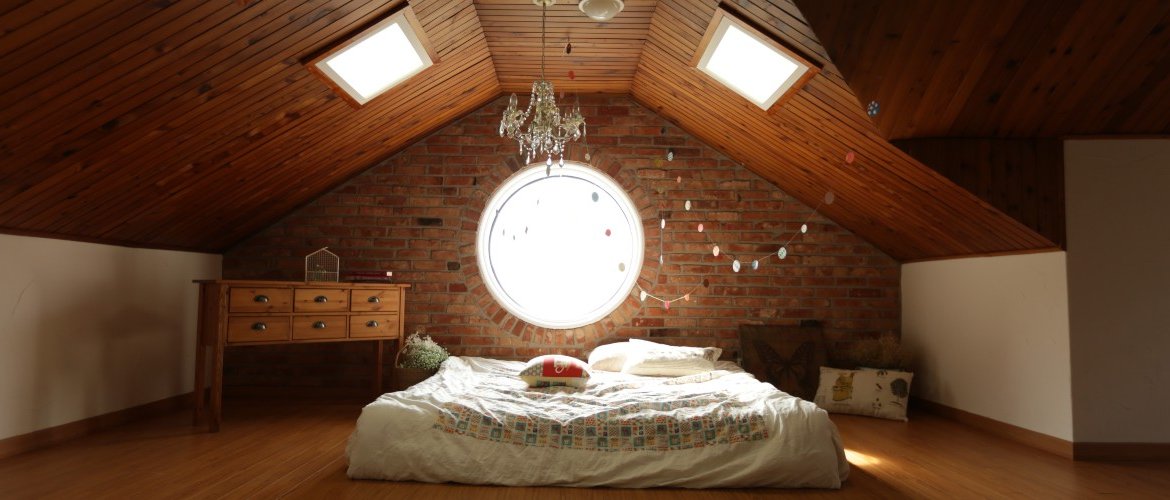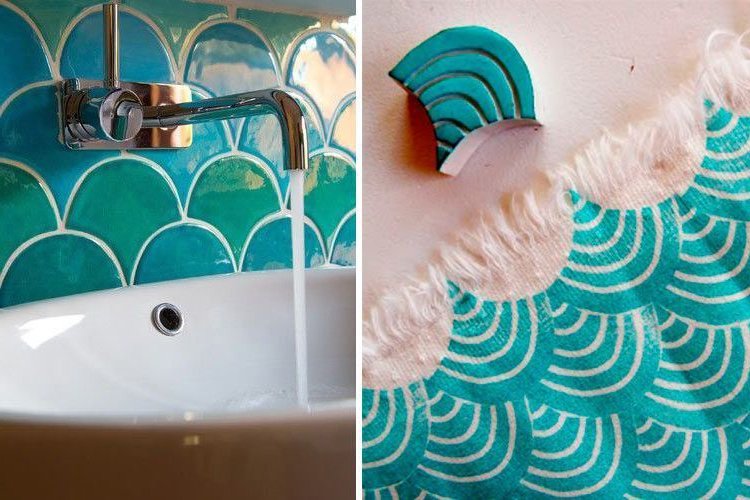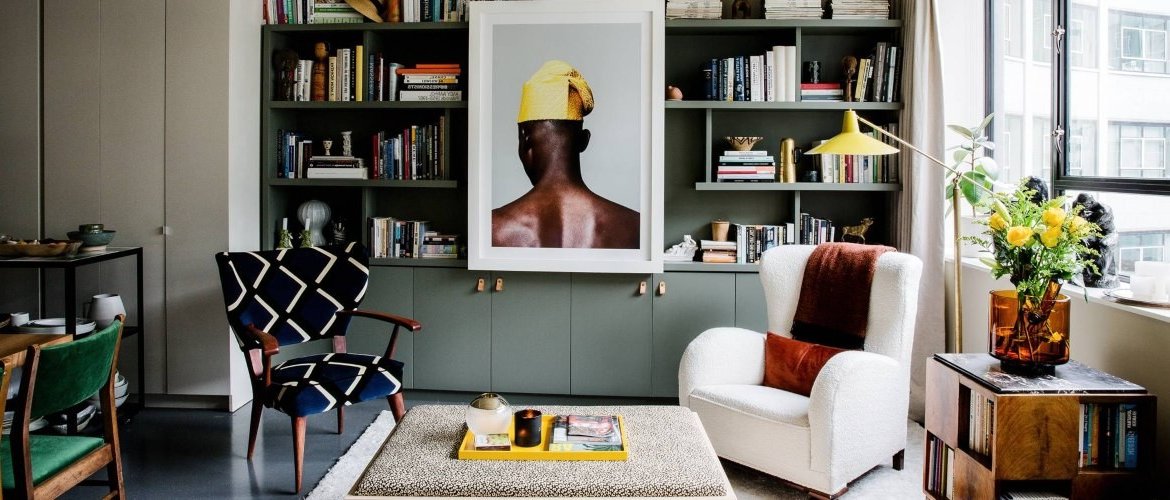WABI-SABI: The art of the imperfect
What is Wabi-Sabi?

Beauty in the West has traditionally been understood as symmetry or proportion of form. An aesthetic that has its roots in Greek ideals and hence the affinity for mathematics, which guides us in the search for impossible perfection and precision.
The Japanese, on the other hand, had a different philosophy, where aesthetic ideals were born out of a respect for the fragile, the transient and the slightly "flawed".
It is this 12th century Japanese philosophy that inspires this decorative style that could rather be considered a lifestyle that loves the natural, the imperfection and the trace of the passage of time.
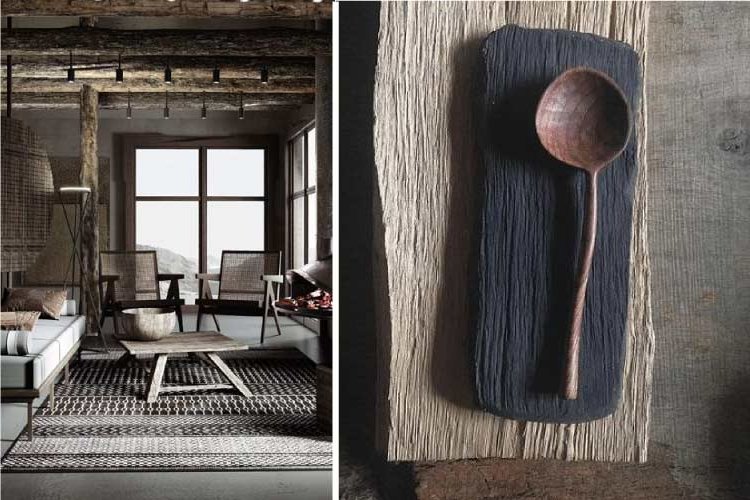
There is no exact translation for the term Wabi-Sabi, however, we can define it as a way of seeing and observing the world.
It is a way of living and perceiving, accepting life's natural cycle of growth and decay.
Three concepts are taken from nature and applied to this style: nothing is perfect, nothing is complete and nothing remains in time.
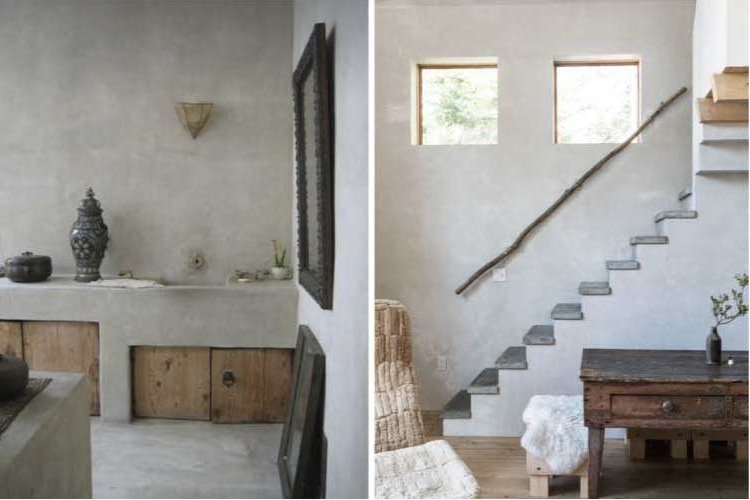
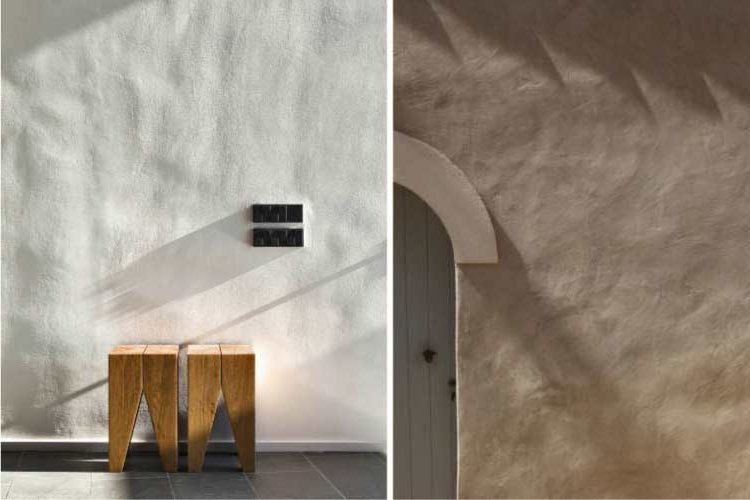
Wabi sabi in interior design
Today this term applied to interior design refers to a more relaxed acceptance of the transitory, accepting the inconsistency of form and nature.
This allows us to accept and value the imperfect and the incomplete, from architecture and design to decorative complements, such as ceramics and flower arrangements.
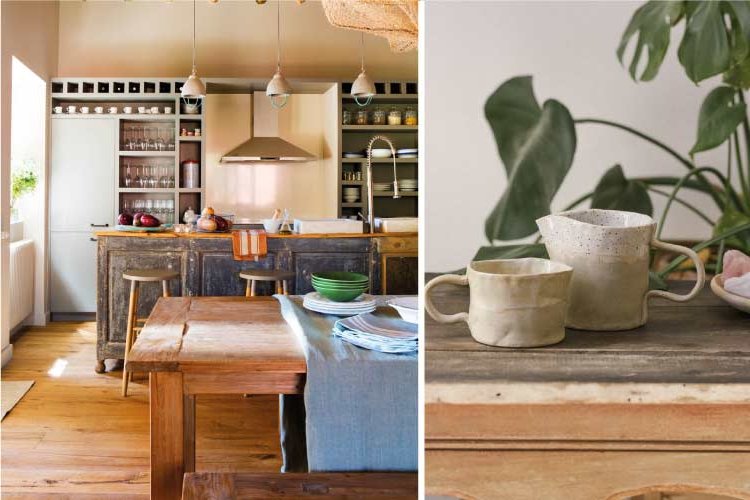
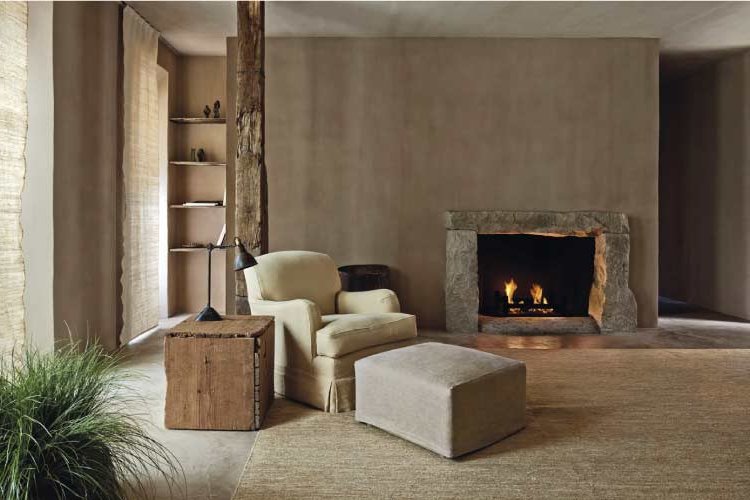
Modern life is left behind and with it materialism. Wabi Sabi invites us to live in the beauty of everyday life. It offers us a pause that allows us to enjoy the beauty of imperfection, silence and authenticity.
Wabi Sabi takes the less is more motto as its own, but unlike minimalism, it seeks warmth in objects of natural origin and in tones close to the earth, not in symmetry, simple geometric shapes or coldness in materials and colors.
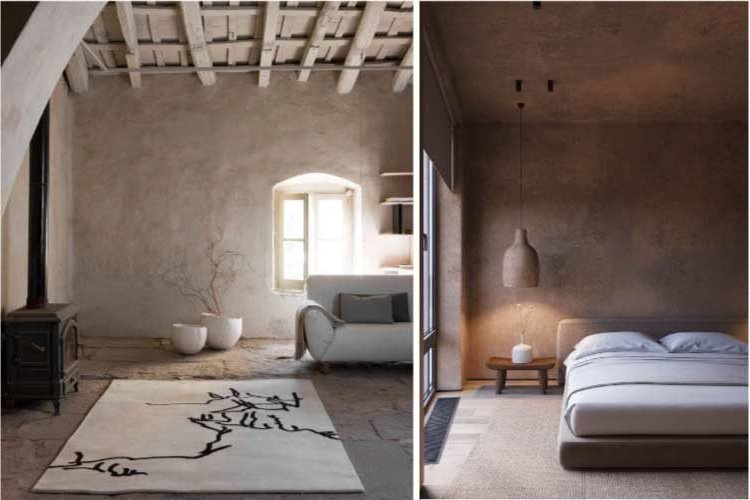
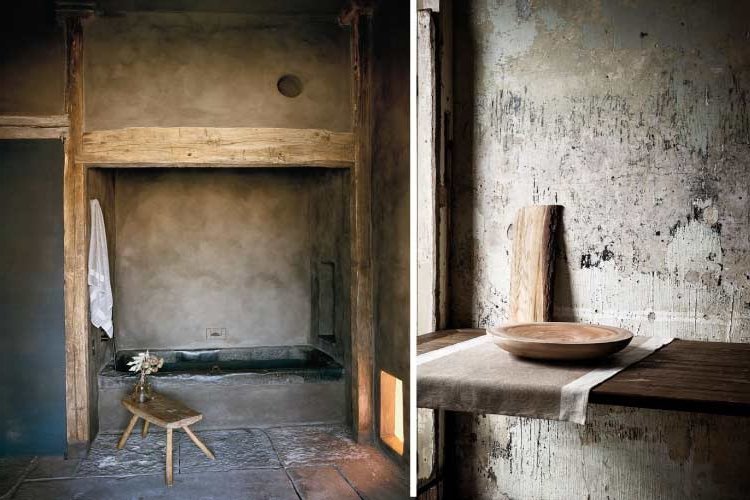
The beauty of the Imperfect
In Wabi Sabi there is a love for the trace of time that is latent in imperfections, wrinkles, marks, cracks, oxides or folds typical of use and the passage of time.
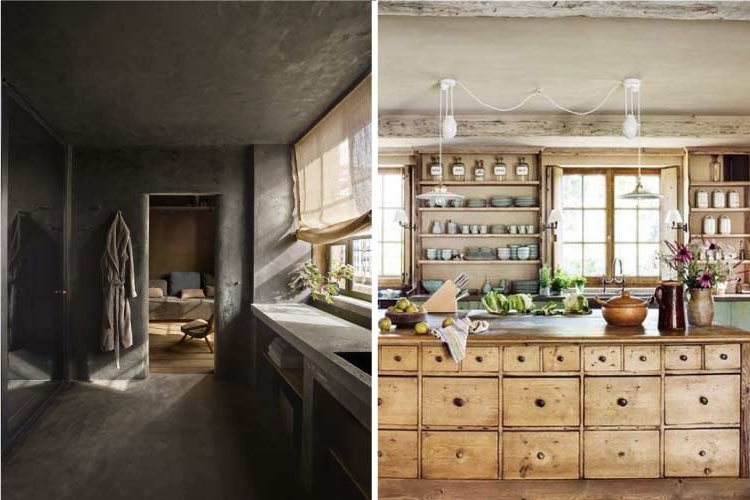
This is not only not considered a defect of the objects, materials or fabrics, but is accepted as a value that makes them unique and valuable.
In this way, we find cups, vases or worn fabrics, and each of them contributes its grain of sand to achieve a Wabi Sabi decoration.
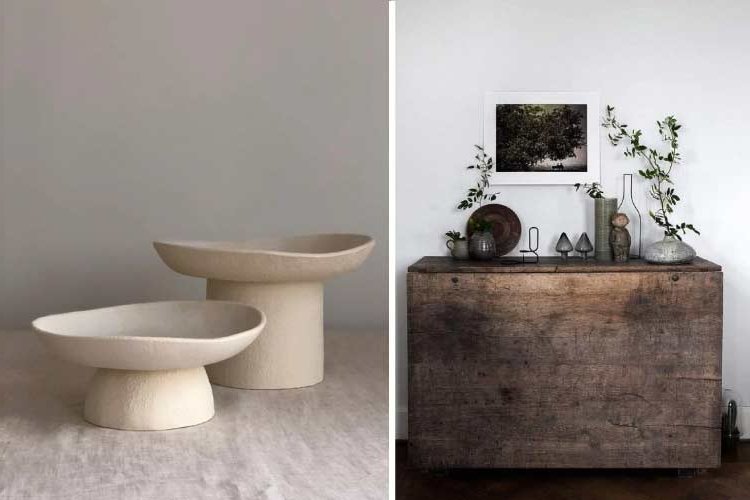
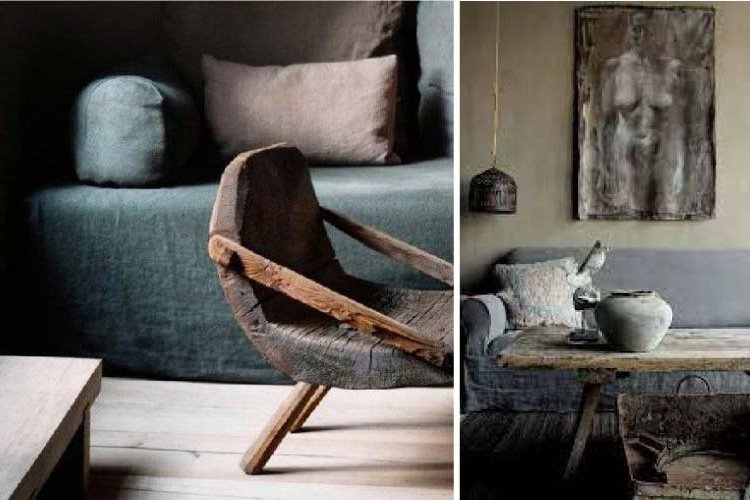
Materials in Wabi Sabi
This style uses natural materials such as bamboo, wood, ceramics, stone, glass or concrete.
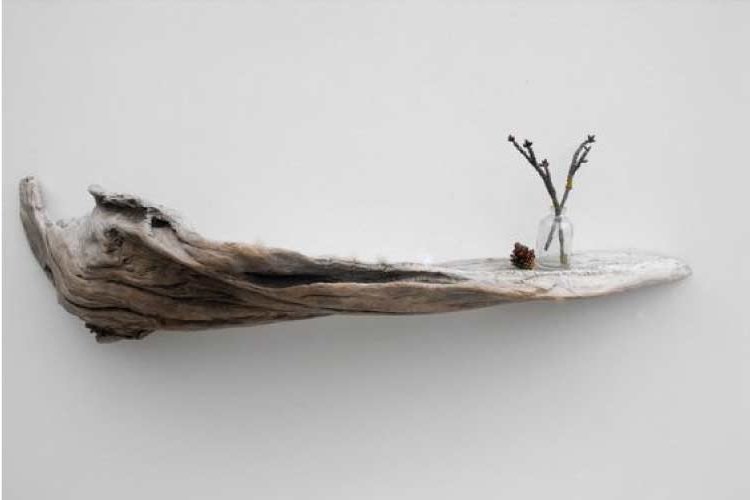
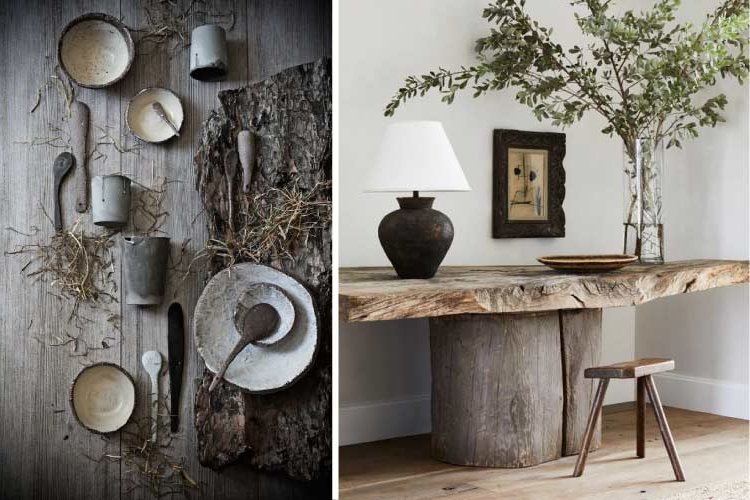
In addition, organic fabrics such as cotton and wool and fibers such as jute and linen are also used.
That is why an antique piece of furniture that looks worn or an accessory with marks of time will be highly valued in a Wabi Sabi environment, since its particular characteristics will not be found in a newly purchased object.
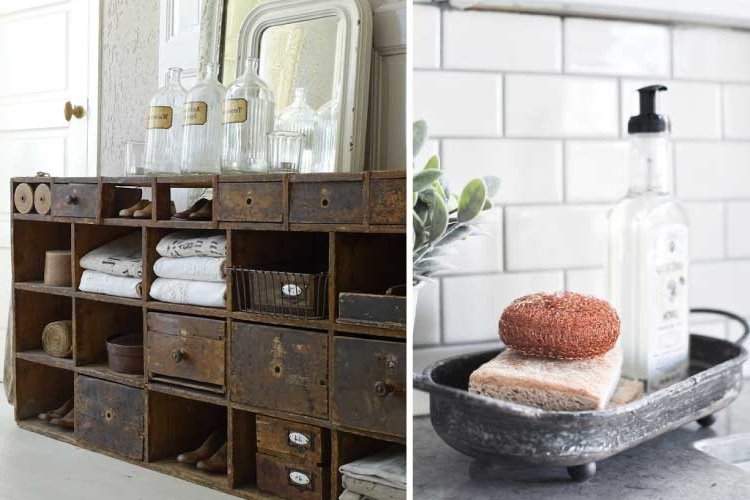
Less is more
This Japanese philosophy invites us to appreciate what is truly essential and makes us detach ourselves from luxury and, perhaps, find it in the value of handmade things.
Therefore, it is a simple and austere style in which superfluous and merely decorative objects have no place.
It will therefore not be necessary to fill a house with things, or to make an effort to fill in all the blanks.
The few accessories that decorate a Wabi Sabi space will be of the everyday type: cups, bowls, plates or pots, as well as plants or flowers from the natural environment.
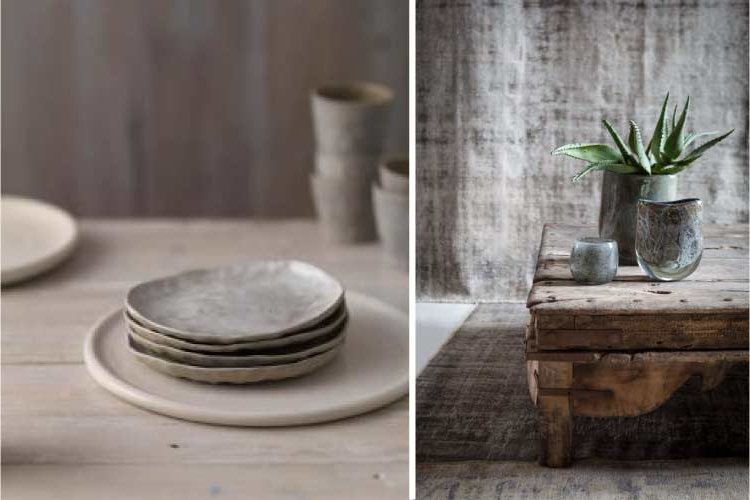
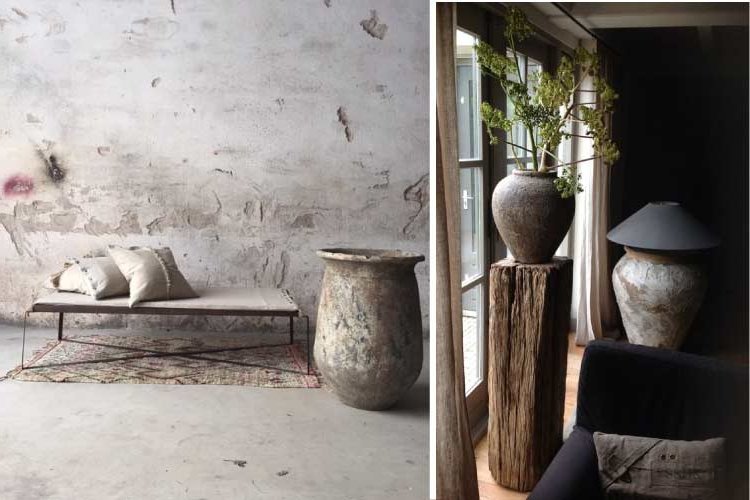
Sensations and colors
Wabi-Sabi evokes feelings such as peace, tranquility, intimacy and nostalgia, thanks to the palette of colors or natural pigments that the earth gives us: beiges, grays, whites and earthy colors are the kings of this style.
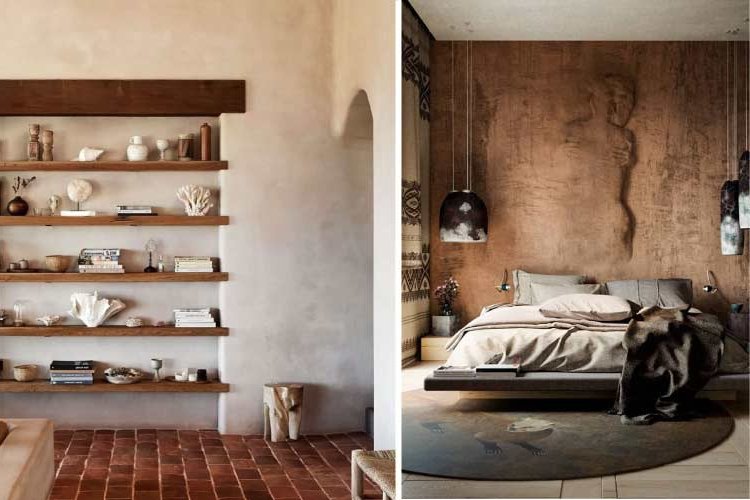
In addition, bare and imperfect walls with rough texture are used, with their cracks, bellies and veins and of course unpolished. In this way the texture itself enhances the walls without the need to add anything else.
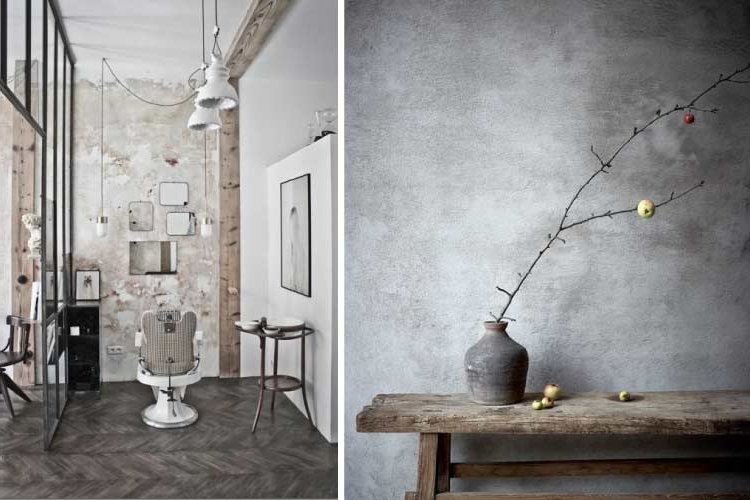
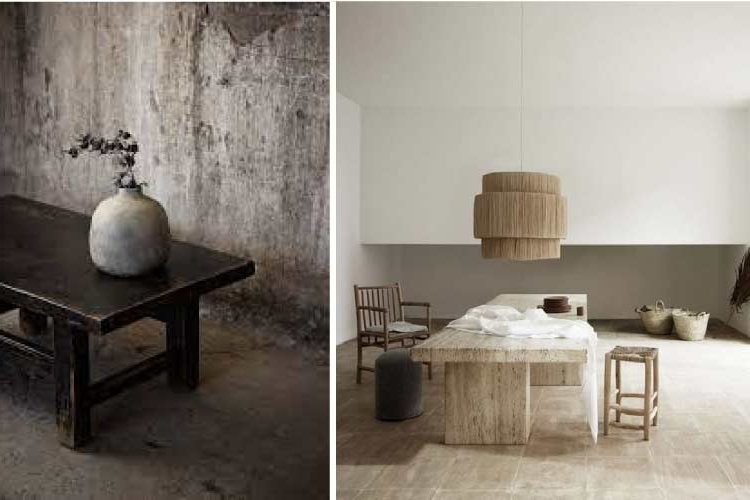
Lighting in the Wabi Sabi style
A Wabi-Sabi style interior will always be accompanied by a dim and warm lighting where spotlights and direct light have no place.
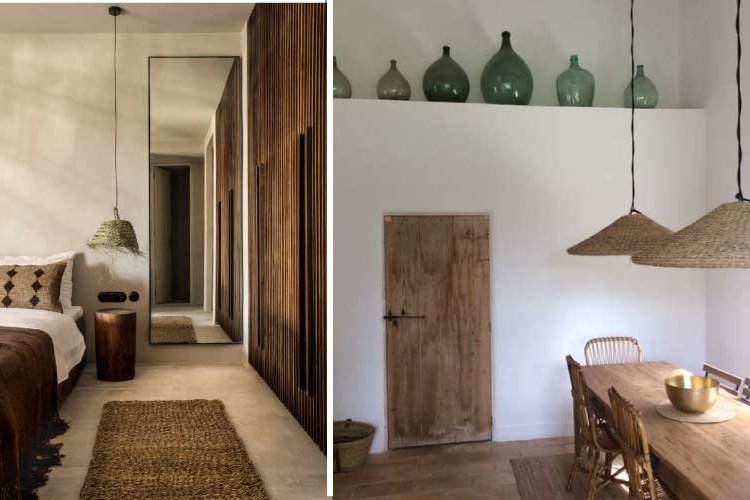
The aim is not to see the light source and avoid glare.
Indirect lighting with table lamps, shades that hide the bulb, and, of course, natural light filtered by soft, natural fabrics, are the favorites of this style.
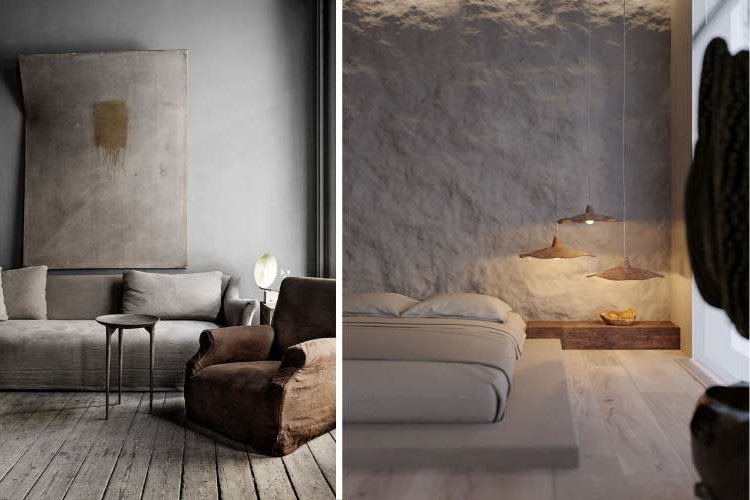
As you can see, Wabi Sabi is a whole lifestyle, natural, deep and simple, which is very current and we certainly love it.



